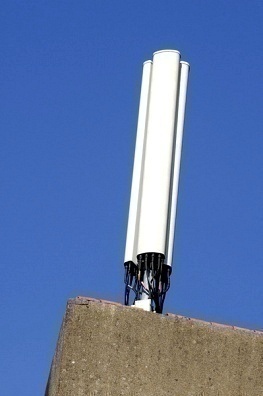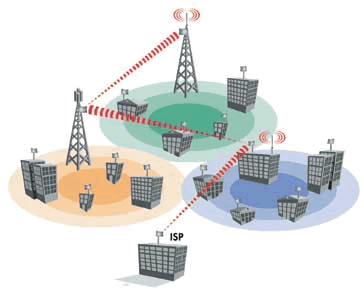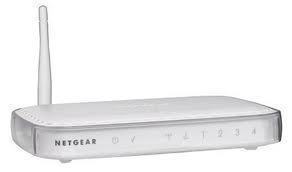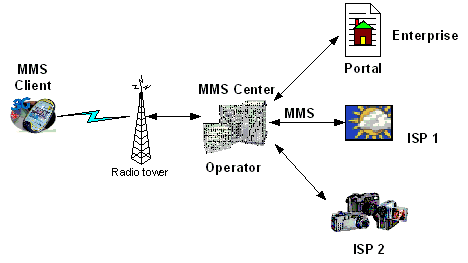A smart antenna is one that transmits or receives multiple radio frequencies at once. Smart antennas increase data transfer rates and reduce errors by handling several copies of the same information. Conventional antenna systems consist of one antenna that serves as a transmitter and one that serves as a receiver. This is starting to change, however, as smart antenna systems are introduced. The three most common smart antenna systems are 1) SIMO (Single Input Multiple Output), in which one antenna is used as the transmitter and two or more are used as the receiver, 2) MISO (Multiple Input Single Output), in which multiple antennas are used as the transmitter while only one is used as the receiver, and 3) MIMO (Multiple Input Multiple Output), in which multiple antennas are used as the transmitter and receiver.
How a Smart Antenna Works
Physical objects like hills, buildings, and even power lines often obstruct all electromagnetic waves, including radio waves. Though these objects do not usually block radio waves completely, they do cause the radio waves to scatter and take longer to reach their destination. Such objects may even prevent parts of the signal from ever reaching a receiver at all. Smart antennas correct this issue by providing several copies of the same data so that every part has a greater chance of reaching the receiver. Some copies may reach the receiver faster simply because they were not obstructed.
Applications
Smart antennas can be used for virtually any application that involves radio signals. They are most commonly used in domestic and commercial wireless computer networks. Smart antennas also give remote controlled vehicles better range. As smart antennas have become more popular in recent years, television networks and radio broadcasters have slowly incorporated them into their telecommunication systems. Additionally, smart antennas are used in RADAR and astronomy.
Advantages
Smart antennas increase a wireless signal’s data transfer rate as well as reduce the number of errors or obstructed pieces of data. They calculate a wireless signal’s direction of arrival (DOA) and direct the user to the strongest signal’s location. Smart antennas are easy to use and depend on plug-and-play technology.
Disadvantages
Smart antennas are more expensive than conventional ones due to the additional hardware and higher signal strength. Smart antenna systems also use more power than conventional antennas simply because there are multiple antennas to keep running, though this is generally unnoticeable.




ziyou. Yang
Mr.Spencer:
I had honor to read your article on “What is a smart antenna?”. I am a EMC engineer. If you can, I would like to ask a question, that is, the smart antenna can be applied to the EMI test ? And what kind of its constucture?
If possible, I look forward to your reply.
Best Regards!
Mr.Yang
2012/05/30